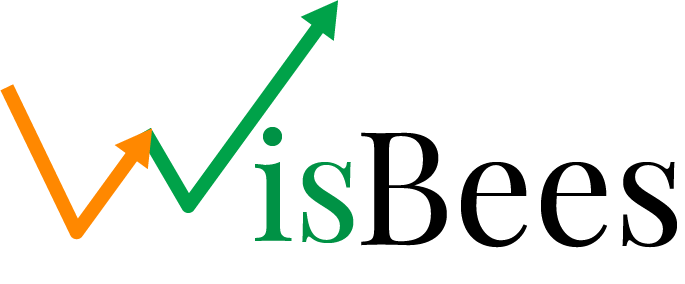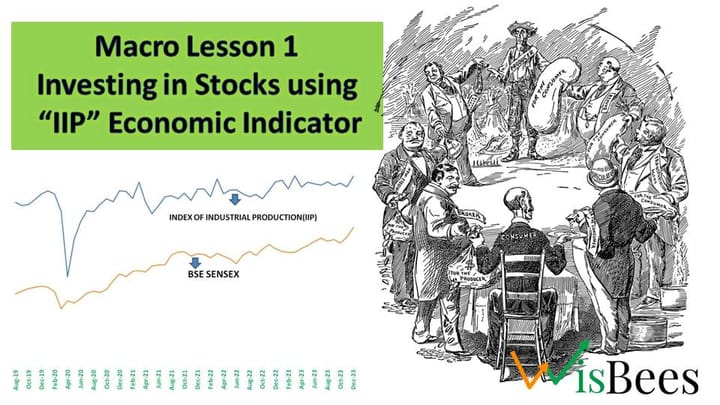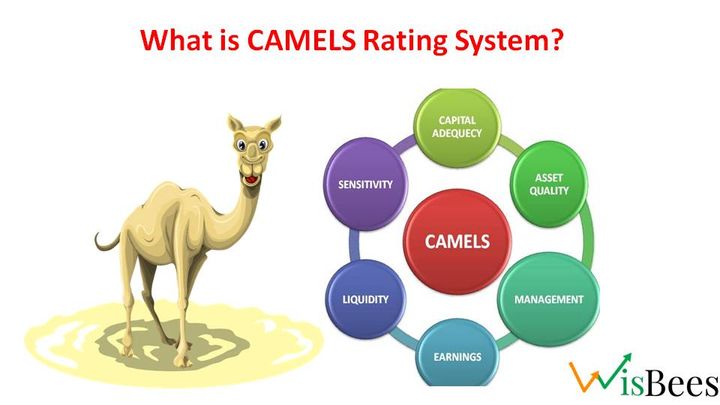Profitability Ratio

The profitability Ratio defines how well the company can generate profits by utilising its assets and controlling expenses. This is a significant financial Ratio, as it shows the competitiveness of the management in generating Profits. It is more useful when compared to similar companies in the same industry. The Ratios can be broadly categorised into two parts.
Margin Ratios
- EBITDA Margin/ Operating Profit Margin(OPM)
- Gross Profit Margin(GPM)
- Net Profit Margin(NPM)
Return Ratios
- Return On equity(ROE)
- Return on Assets(ROA)
- Return on Capital Employed(ROCE)
Below, we have mentioned formulas here for finding some important Profitability Ratios.
Operating Profit Margin
Operating Profit Margin and Net Profit Margin are any Investor's most widely used Financial Ratios. Generally, to measure the appropriate profit of any company, investors look for Operating Profit. The Cash Operating Profit is mentioned as EBITDA(Earning Before Interest Tax Depreciation and Amortisation). Many analysts also use accrual operating profit EBIT(Earning Before Interest and Taxes), but EBITDA gives a better picture for calculating operational efficiency.
Operating profit is generated from core business operations and doesn’t include income from non-core business operations like income from investments, rental income, capital gain on asset sales etc. The operating Margin shows the operational efficiency of the company. The Operating Profit is calculated as follows.
Operating Profit/EBITDA= Operating Revenue - Operating expenses.
Operating expenses does not include costs like Interests costs, Depreciation and Amortisation cost etc. Likewise, Operating Revenue does not include revenues like other Income.
The Operating Profit Margin is given by

Below we have shown Maruti Suzuki’s Operating Profit Margin Over the years.
Investors always look for growing Operating margins and don’t like depleting Operating margin growth.
Let’s consider an Indian Logistic Company, Aegis Logistics.
Here the Operating Profit Margin is impressively increasing and can be an investor's choice for investment.
Gross Profit Margin
It expresses the gross margin on the sale of a product. This shows a relationship between production cost and selling price. A higher Gross Profit Margin will show that the company can produce products at a relatively lower cost.
The formula for Gross Profit Margin is given by

The Gross Profit is Given by
Gross Profit= Sales- Cost of Goods Sold
Cost Of Goods Sold is also called “Cost of Sales”. It is found as
COGS= Beginning Inventory+Purchases during that period- Closing Inventory
The management has to detect the causes if the Gross Profit Margin starts falling. A low GPM indicates the company is in Financial Distress, and a very low GPM raises the question of the firm's long-term sustainability.
Net Profit Margin(PAT Margin)
PAT margin is calculated at the profitability level. The net Profit or PAT(Profit After Tax) is found by deducting all the expenses along with taxes, interests, depreciation, and Amortisation from the Revenue.
The Formula for Net Profit Margin is given by

Let’s take an example of a company, Hindustan Aeronautics Limited (HAL) .
In this table, you can see that the PAT is increasing at a higher rate and PAT Margin is also increasing impressively.
Return Ratios
Return On Equity
ROE, Return on Equity defines the company’s ability to generate profits over Shares holder’s investments. It is found by the formula Net income divided by Shareholder’s equity. A higher ROE shows the company’s efficiency at converting the equity form of capital to profits, thus leading to a low requirement to raise external funds in future.

Share Holder’s Equity
In the Denominator, you can see the ratio takes only the owner’s equity into consideration, not the debt component. Now, if one company gets the same return increases the debt and reduces the equity capital, it will increase the ROE substantially. Hence ROE can be misleading if not observed closely.
Example:
Let’s understand this with an example. A company has a PAT of 1000 Rs at the end of the Financial Year and equity capital of 10000.
Now the ROE becomes (1000/10000)= 10%. Second scenario: the owner doesn’t have 10000 equity capital, so he takes debt of 3000 and uses his own equity fund of 7000.
The ROE in the second scenario becomes (1000/7000)= 14.28%.
So we saw that increasing debt in capital structure increases the ROE, but too much Debt brings a significant risk for the company to become default at a point in time.
Considering two companies, an IT company and an Automobile Industry, the IT company may have an ROE higher than the automobile industry because of the asset nature. The automobile company uses more capital to generate the same profit. So it is better to compare two companies in the same sector.
Dupont- Analysis
To understand the ROE closely, analysts use the “Dupont Model”.” Dupont Model “is a financial analysis tool used to decompose a company's return on equity (ROE) into three different components: net profit margin, asset turnover, and financial leverage.
The formula for ROE is:
ROE = (Net Income / Shareholders' Equity) = (Net Profit Margin) x (Asset Turnover) x (Financial Leverage)

The net profit margin measures how much of a company's sales are turned into profits, the asset turnover measures how efficiently a company is using its assets to generate revenue, and the financial leverage measures how much debt a company is using to finance its operations.
A low Net Profit Margin might reflect higher production costs or tight competition in the industry.
Sometimes a company may have a higher margin but a lesser Asset turnover ratio. This might show some inefficiency in using assets to produce more sales.
So this Dupont Analysis helps to break the ROE matrix to do the individual study and get a better view.
Return On Assets(ROA)
Return on assets (ROA) is a financial ratio that measures a company's profitability in relation to its total assets. It is calculated by dividing the company's net income (profit) by its total assets. It is always better to analyse the ROA of two different companies inside the same sector. The ROA of a manufacturing industry ( Asset heavy sector) will have a lesser ROA than a service sector company, so not comparable.

Sometimes, Investors and analysts add back the finance costs to the net income to negate the effect of Debt on acquiring assets. This added amount is called a tax shield.

Return On Capital Employed(ROCE)
Return on Capital Employed (ROCE) is a financial ratio that measures a company's profitability in relation to the capital it has employed. It is calculated by dividing the company's operating profit by its capital employed.
Capital employed refers to the total amount of capital invested in the business, including shareholders' equity and long-term debt.
Capital Employed/Net Investment = Share Capital + Reserves and Surplus +Long Term Loans.
= Non Current Asset + Working Capital
=Total Assets - Current Liabilities

EBIT= Operating Profit



